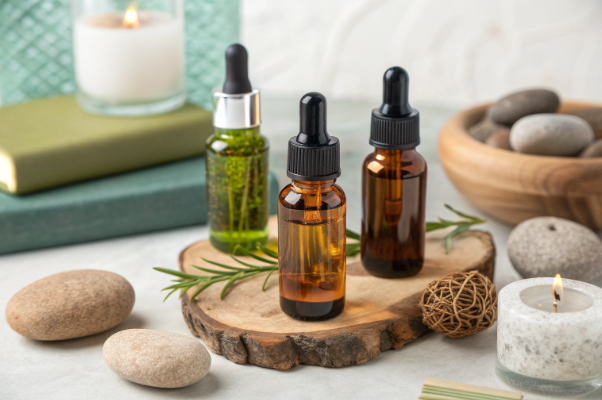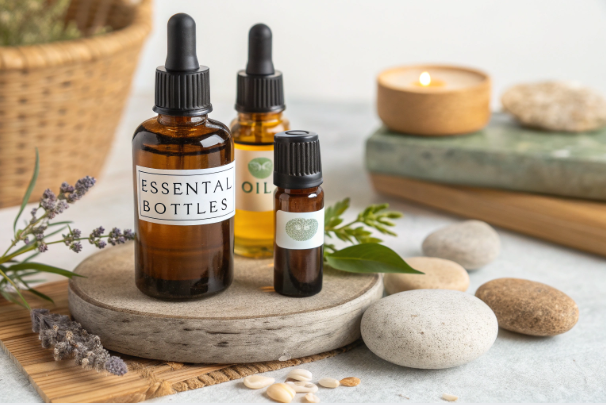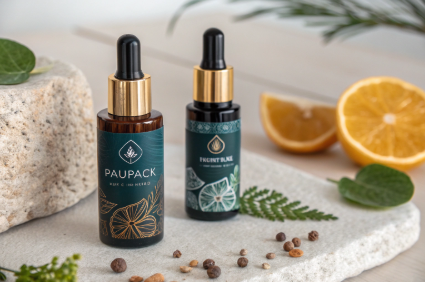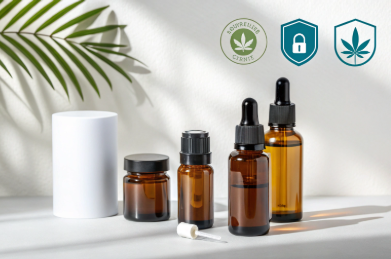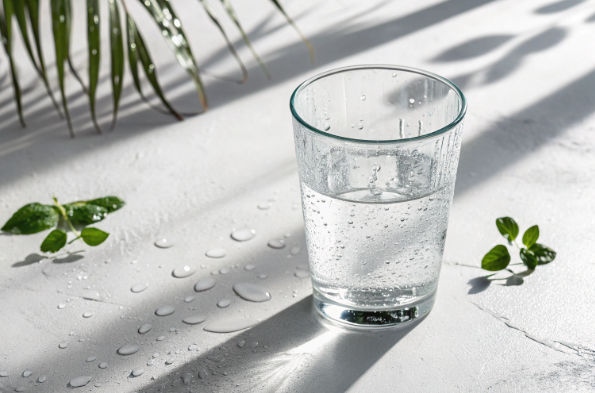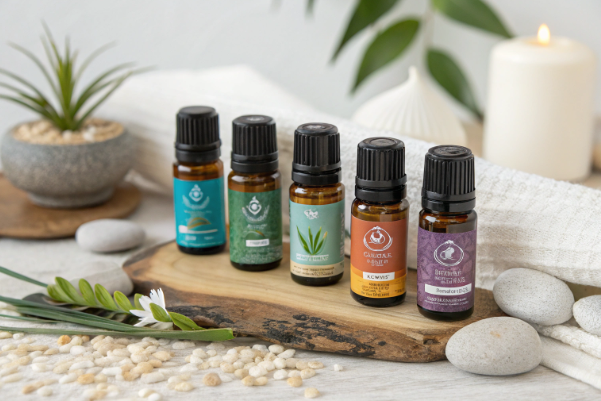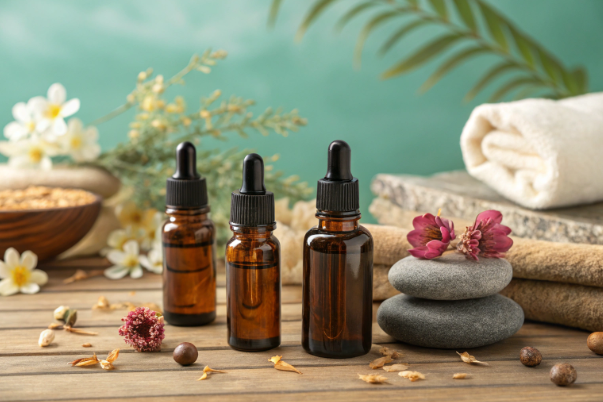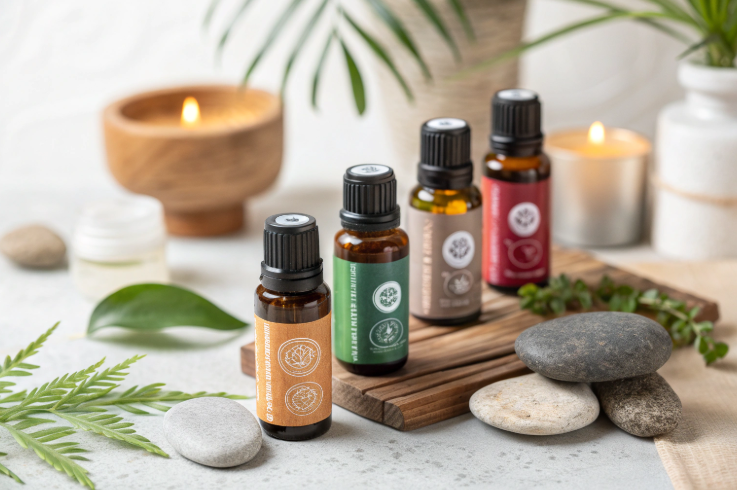Essential oils are delicate, volatile compounds that require careful packaging to preserve their quality, aroma, and therapeutic properties. One of the most critical factors affecting essential oil stability is light exposure, especially ultraviolet (UV) radiation, which can degrade oils, alter their chemical composition, and reduce shelf life. Glass bottles are the preferred packaging for essential oils due to their inertness and protective qualities, but the choice of glass color plays a pivotal role in light protection.
Amber and cobalt blue glass bottles are the two most popular colored options foressential oilpackaging. Each offers unique advantages in UV and visible light filtration, aesthetic appeal, and brand positioning. This article provides a detailed comparison of amber versus cobalt blue glass bottles for essential oils, highlighting their protective properties, applications, and howwww.paupacking.comdelivers premium packaging solutions that optimize oil preservation and brand value.
Why Light Protection Matters for Essential Oils
Sunlight contains UVB and UVA rays, both of which can damage essential oils. UV radiation accelerates oxidation and chemical reactions in oils, leading to:
-
Loss of potency and therapeutic efficacy
-
Changes in aroma and color
-
Reduced shelf life
-
Formation of potentially harmful degradation products
Effective light protection extends the longevity and quality of essential oils, ensuring consumers receive potent, safe, and aromatic products.
Glass as a Protective Material
Glass is chemically inert and does not react with essential oils, making it ideal for storage. However, clear glass offers limited protection against UV and visible light, allowing harmful rays to penetrate and degrade contents. Colored glass bottles filter out specific wavelengths of light, reducing photodegradation.
Amber Glass Bottles
Composition and Coloration
Amber glass is made by adding iron, sulfur, and carbon compounds during manufacturing, resulting in a warm brown hue. This coloration is not only aesthetic but functional, designed to absorb and block UV light effectively.
UV Protection
Amber glass blocks over 90% of UV rays, particularly wavelengths below 500 nm, including both UVA and UVB. This extensive filtration makes amber bottles highly effective for protecting light-sensitive products like essential oils, pharmaceuticals, and beverages.
Advantages
-
Superior UV blocking capabilities protect oils from degradation.
-
Traditional and widely recognized as a symbol of quality and reliability.
-
Suitable for a broad range of products beyond essential oils, including supplements and cosmetics.
-
Generally more cost-effective than cobalt blue glass.
Limitations
-
Amber glass can slightly alter the perceived color of the oil inside, which may be a consideration for some brands.
-
Less visually striking compared to cobalt blue, which may impact brand differentiation.
Cobalt Blue Glass Bottles
Composition and Coloration
Cobalt blue glass is created by infusing cobalt oxide into the molten glass, producing a vibrant deep blue color. This color is visually appealing and often associated with premium or artisanal products.
UV Protection
Cobalt blue glass effectively blocks UV light below 450 nm and absorbs about 50% of UV light overall. While it provides moderate UV protection, it does not filter as broadly or as effectively as amber glass.
Advantages
-
Excellent protection against visible light and shorter UV wavelengths.
-
Striking and vibrant color enhances product shelf appeal and brand differentiation.
-
Ideal for products where visual presentation and color retention are important, such as perfumes and colored lotions.
Limitations
-
Provides less comprehensive UV protection compared to amber glass.
-
Typically more expensive due to the cobalt oxide content and manufacturing process.
-
May allow some UV penetration that can degrade highly sensitive oils over time.
Comparative Table: Amber vs. Cobalt Blue Glass for Essential Oils
| Feature | Amber Glass Bottles | Cobalt Blue Glass Bottles |
|---|---|---|
| UV Protection | Blocks >90% UV rays up to 500 nm | Blocks UV rays below 450 nm, ~50% total UV |
| Visible Light Protection | Moderate | Excellent |
| Color Appearance | Warm brown, traditional look | Vibrant deep blue, striking appearance |
| Cost | Generally lower | Generally higher |
| Common Applications | Essential oils, pharmaceuticals, beverages | Essential oils, perfumes, cosmetics |
| Shelf Life Extension | Superior protection for sensitive oils | Moderate protection, better for less sensitive oils |
| Branding Impact | Classic, trusted | Modern, premium, artisanal |
| Chemical Stability | Excellent | Excellent |
| Consumer Perception | Associated with reliability and quality | Associated with luxury and uniqueness |
Factors to Consider When Choosing Between Amber and Cobalt Blue Glass
Product Sensitivity
For highly photosensitive essential oils such as citrus, lavender, or rosemary, amber glass offers superior protection against UV-induced degradation. Oils with moderate light sensitivity may be safely packaged in cobalt blue bottles, especially when stored away from direct sunlight.
Brand Identity and Market Positioning
Amber glass conveys a classic, pharmaceutical-grade image, appealing to consumers who prioritize product efficacy and tradition. Cobalt blue glass offers a bold, modern aesthetic that can help brands stand out on shelves and appeal to niche or luxury markets.
Cost and Supply Chain
Amber glass bottles tend to be more widely available and cost-effective, making them suitable for large-scale production and budget-conscious brands. Cobalt blue bottles, while more expensive, can justify their cost through enhanced visual appeal and premium positioning.
Environmental Considerations
Both amber and cobalt blue glass are recyclable and reusable, supporting sustainability goals. The choice of color should align with your overall packaging strategy and environmental commitments.
Howwww.paupacking.comSupports Your Packaging Needs
www.paupacking.comoffers a comprehensive range of amber and cobalt blue glass bottles specifically designed for essential oils and related products. Their offerings include:
-
High-quality glass with consistent coloration and UV protection.
-
Customizable bottle shapes, sizes, and finishes to match brand identity.
-
Advanced sealing systems to ensure airtight protection and prevent oxidation.
-
Sustainable packaging options aligned with environmental goals.
-
Expert guidance on selecting the optimal bottle color and design for your product.
By partnering withwww.paupacking.com, brands can access premium packaging solutions that maximize product longevity, enhance shelf appeal, and build consumer trust.
Best Practices for Storing Essential Oils in Glass Bottles
-
Store bottles in a cool, dark place to minimize light and heat exposure.
-
Keep caps tightly sealed to prevent air ingress and oxidation.
-
Use amber glass bottles for highly light-sensitive oils or when long shelf life is required.
-
Consider cobalt blue bottles for products where visual differentiation and moderate light protection are priorities.
-
Educate consumers on proper storage to maintain oil quality.
Conclusion
Both amber and cobalt blue glass bottles offer valuable light protection for essential oils, but their suitability depends on product sensitivity, brand positioning, cost considerations, and aesthetic preferences. Amber glass provides superior UV protection, making it the preferred choice for highly photosensitive oils and products requiring maximum shelf life. Cobalt blue glass offers moderate UV protection combined with a visually striking appearance that appeals to premium and artisanal brands.
Selecting the right bottle color is a strategic decision that impacts product quality, consumer perception, and brand success.www.paupacking.comstands ready to support brands with expertly crafted amber and cobalt blue glass bottles, customizable to meet diverse needs and sustainability goals. By choosing high-quality packaging that balances protection and presentation, brands can ensure their essential oils remain potent, fresh, and desirable from production to consumer use.




